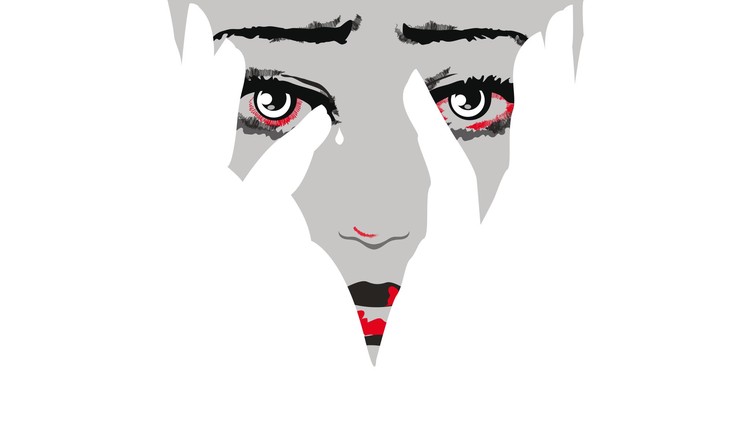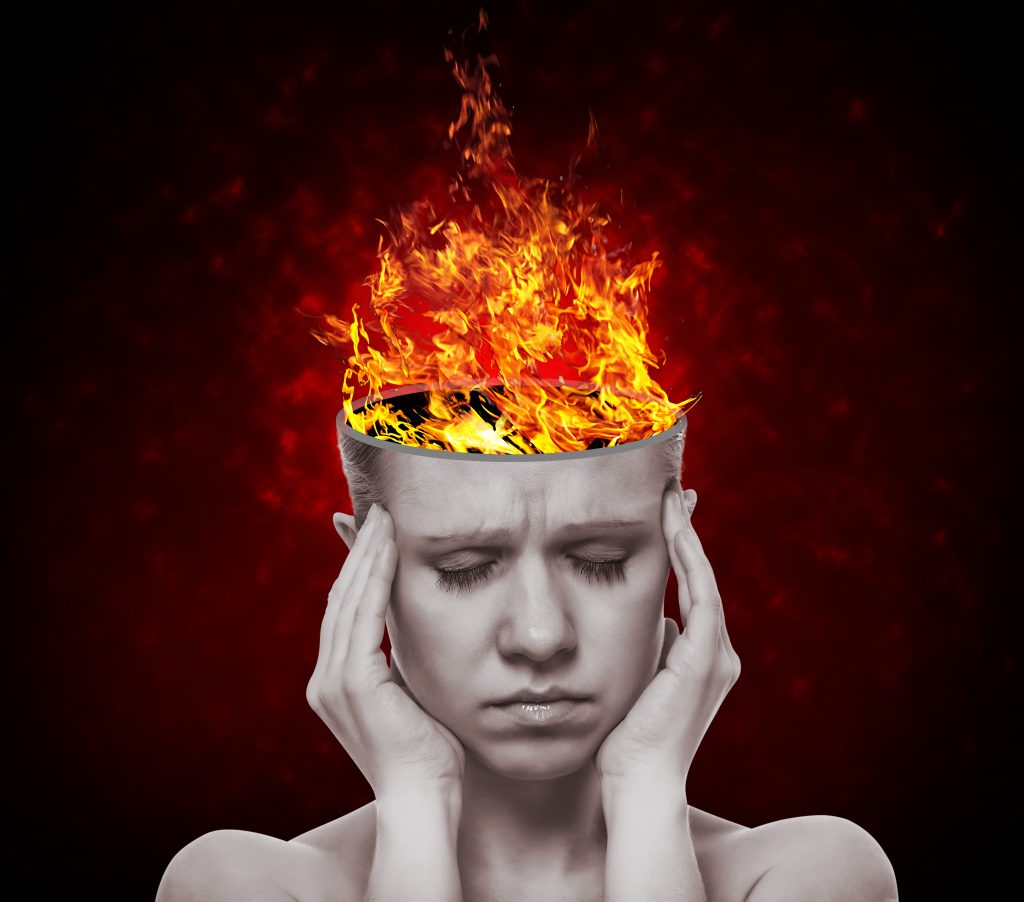I was recently reviewing an article, (Nettle 2006) (see the abstract below) that makes some really interesting observations that pertain to the relationship between psychosis and creativity.
The author explores how “divergent thinking” (which I believe might also be characterized as a loosening of associations) is commonly experienced by poets and artists, while “convergent thinking” is more seen in mathematical types, (which I believe could also be seen as a tightening of associations.) Divergent thinking leads to having more unusual experiences such as are seen among both artistic types and those diagnosed as psychotic, while convergent thinking is associated with experiences on the negative symptom dimension, which are more seen amongst both mathematicians and those with autism.
.
I think the author misses a point though when he associates convergent thinking with autism but not “schizophrenia.” Overly convergent thinking is definitely seen in people diagnosed with schizophrenia, it is often observed in autistic type reactions, and certainly fits with the negative symptom dimension commonly seen in people given this diagnosis.
One way the interplay of excessively divergent and then excessively convergent thinking is seen in people diagnosed with “schizophrenia” is in the way a person makes associations in response to a stimulus. The tendency is to have a much greater than average initial associations, which then are overwhelming, lead to a kind of “collapse” into having a smaller than average number of associations.
Another way this interplay is observed has to do with metaphor. People who tend to get diagnosed with schizophrenia use metaphor wildly, just as the mind does in dreams, but then also typically are not very good at understanding metaphors, much as people with autism fail to get them (this is the excessively convergent thinking.)
I believe this all has to do with a sort of underlying “bipolarity” to the processes common to psychosis. It’s kind of a chicken and egg thing. It could start with a person being in a mental rut, leading to divergent thinking in an attempt to get out of it, that then leads to some kind of trouble followed by an over-correction to overly convergent thinking, which deepens the rut, etc. Or it could start at the other end, with something inspiring the person into overly divergent thinking, which leads to trouble and etc.
At any rate, I think if we get better at understanding the parallels between human creative process, both divergent and convergent, we will be much better at helping people tease out the possible meaning in their psychotic experiences, both on the positive and negative dimension, while also helping them avoid the kind of over-corrections that keeps them cycling through “bipolar” extremes rather than finding a balance.
If someone wants a copy of this article, I can email it to you.
Ron Unger
Nettle, D. (2006). “Schizotypy and mental health amongst poets, visual artists, and mathematicians.” Journal of Research in Personality 40(6): 876-890.
Many researchers have found evidence of an association between creativity and the predisposition to mental illness. However, a number of questions remain unanswered. First, it is not clear whether healthy creatives have a milder loading on schizotypal traits than people who suffer serious psychopathology, or whether they have an equal loading, but other mediating characteristics. Second, most of the existing research has concentrated on artistic creativity, and the position of other creative domains is not yet clear. The present study compares schizotypy profiles using the O-LIFE inventory in a large sample of poets, artists, mathematicians, the general population, and psychiatric patients. Poets and
artists have levels of unusual experiences that are higher than controls, and as high as schizophrenia
patients. However, they are relatively low on the dimension of introvertive anhedonia. Mathematicians
are lower than controls on unusual experiences. The results suggest that artistic creatives and psychiatric
patients share a tendency to unusual ideas and experiences, but creative groups are distinguished
by the absence of anhedonia and avolition. Moreover, different domains of creativity require different
cognitive profiles, with poetry and art associated with divergent thinking, schizophrenia and affective
disorder, and mathematics associated with convergent thinking and autism.




I think you’re on a very good track with the way your argument is tending. Yes, please, send the article. Atb D